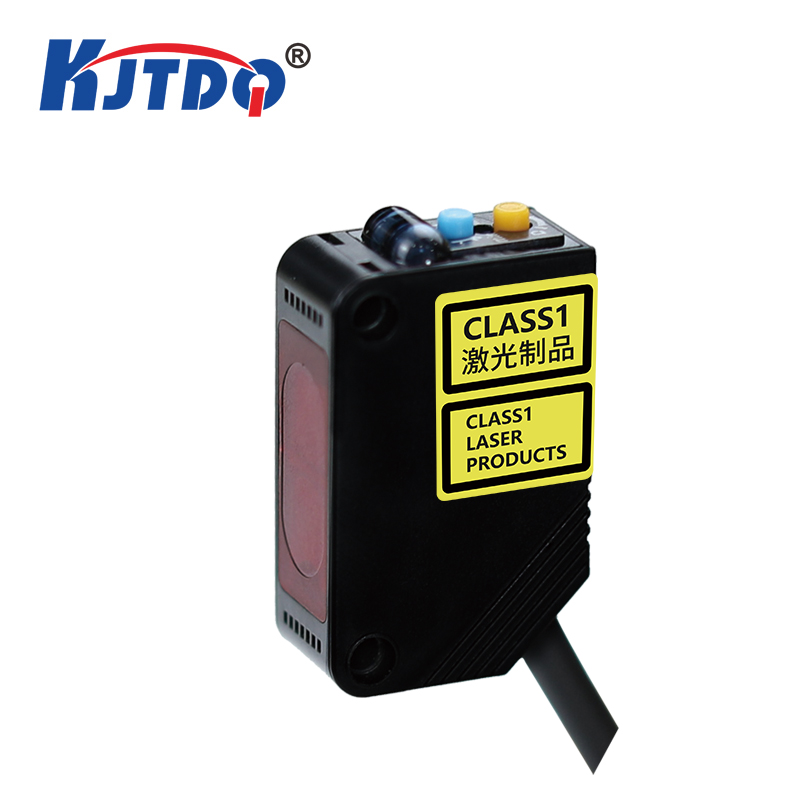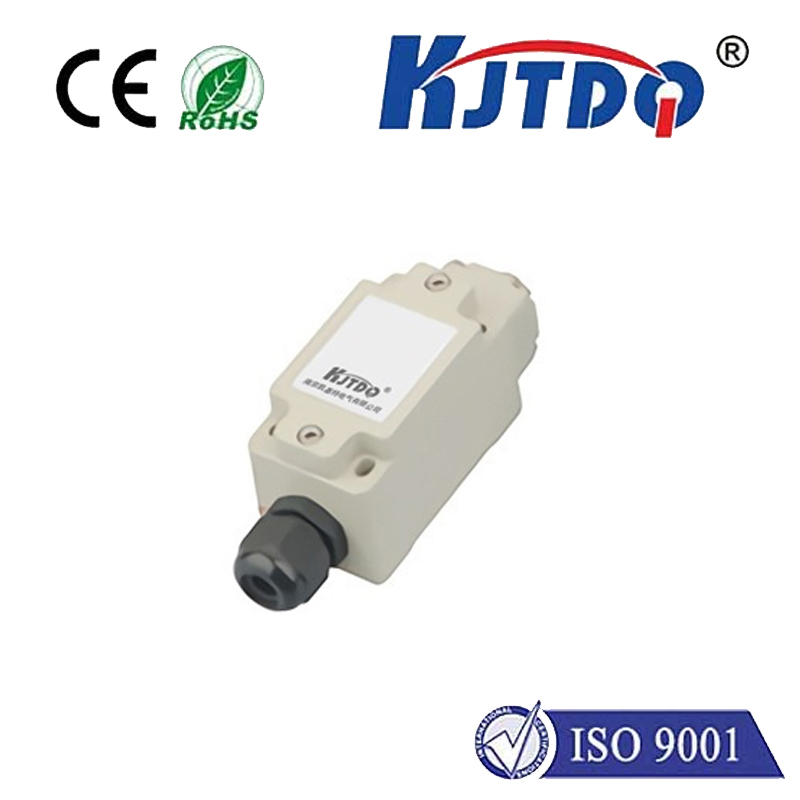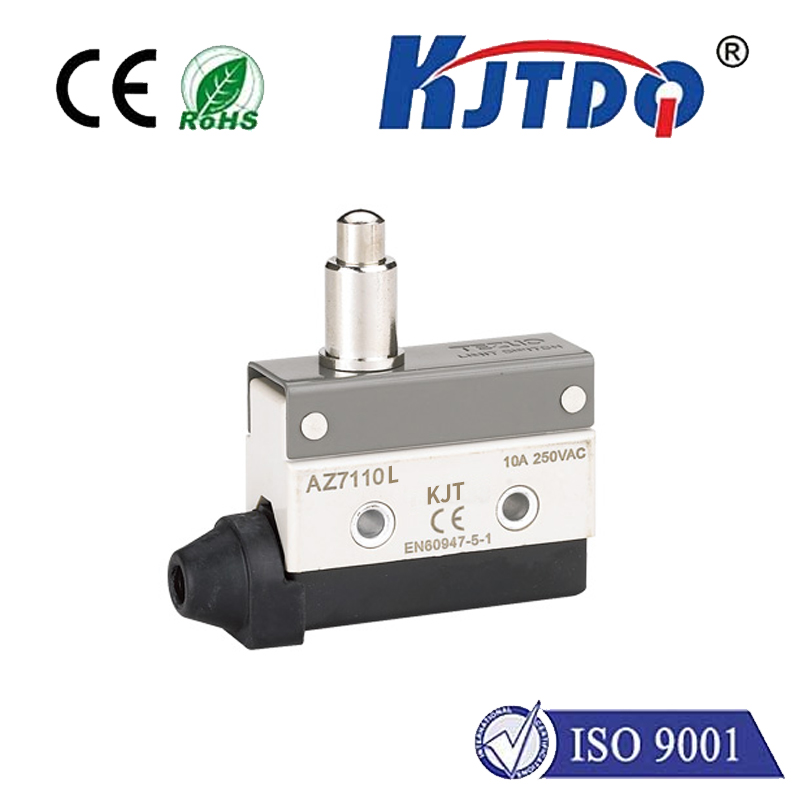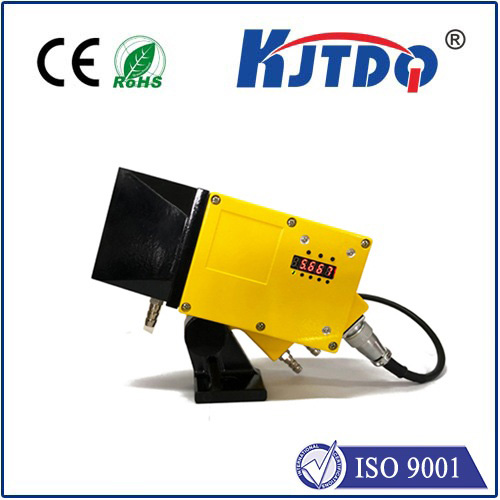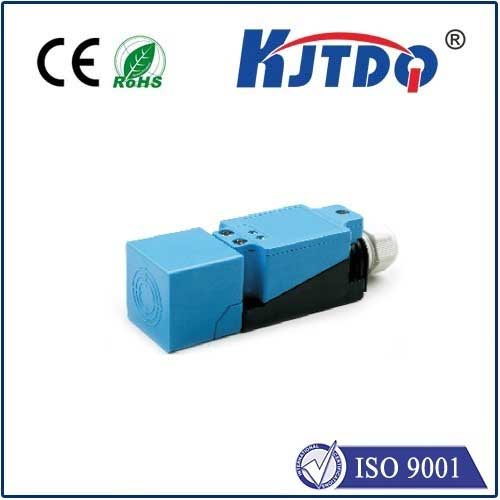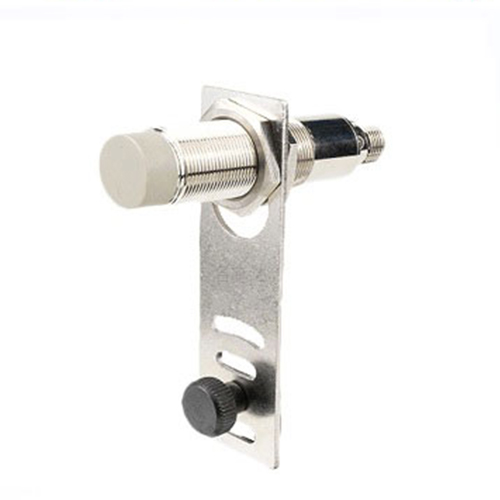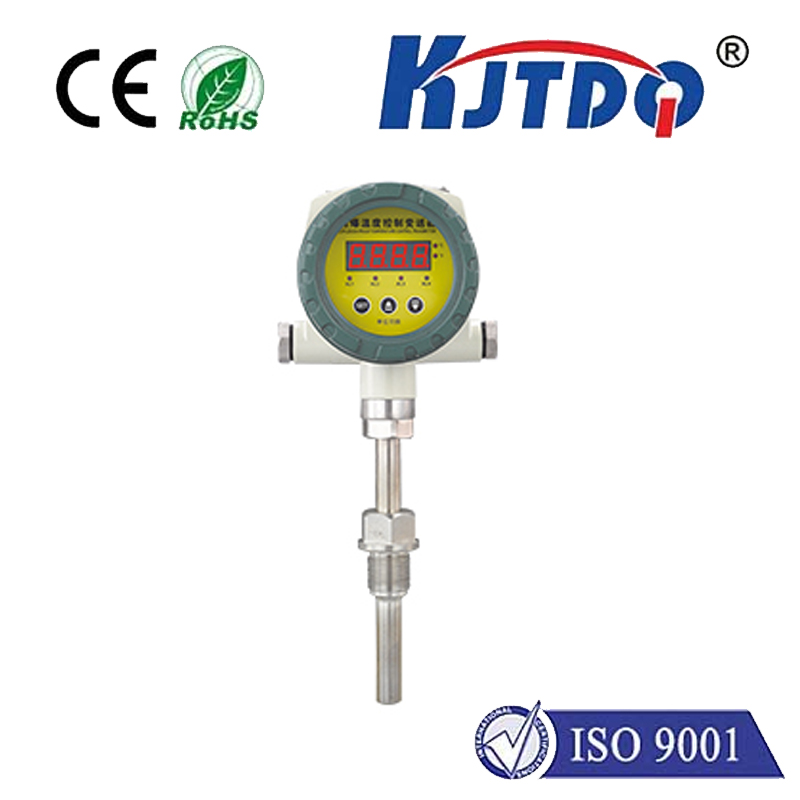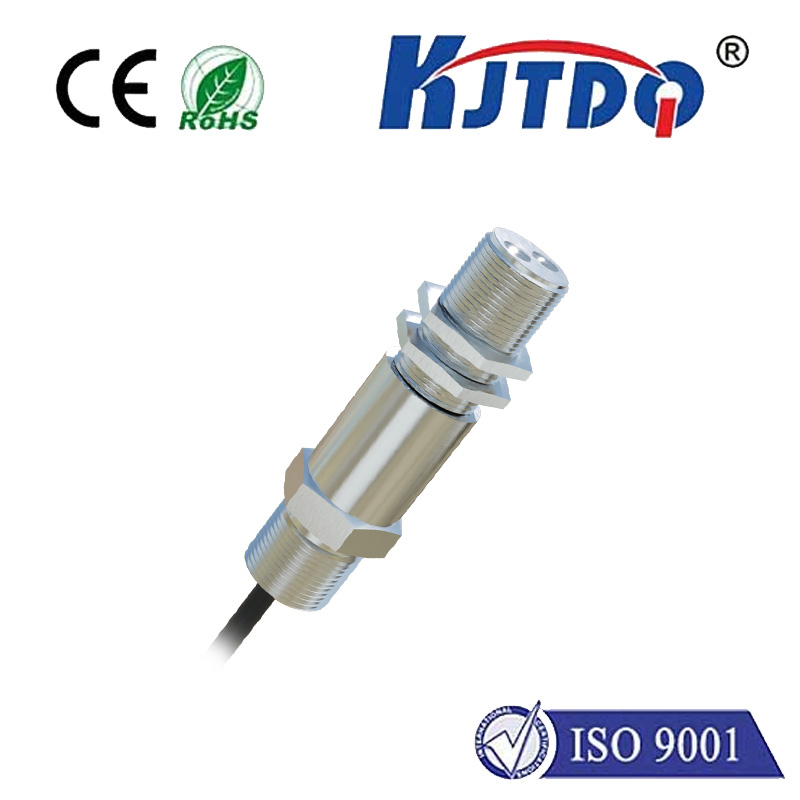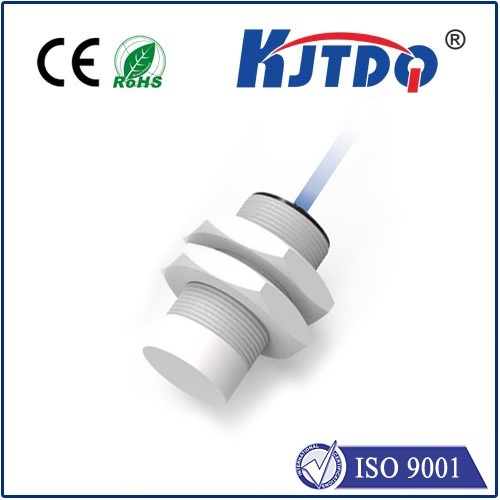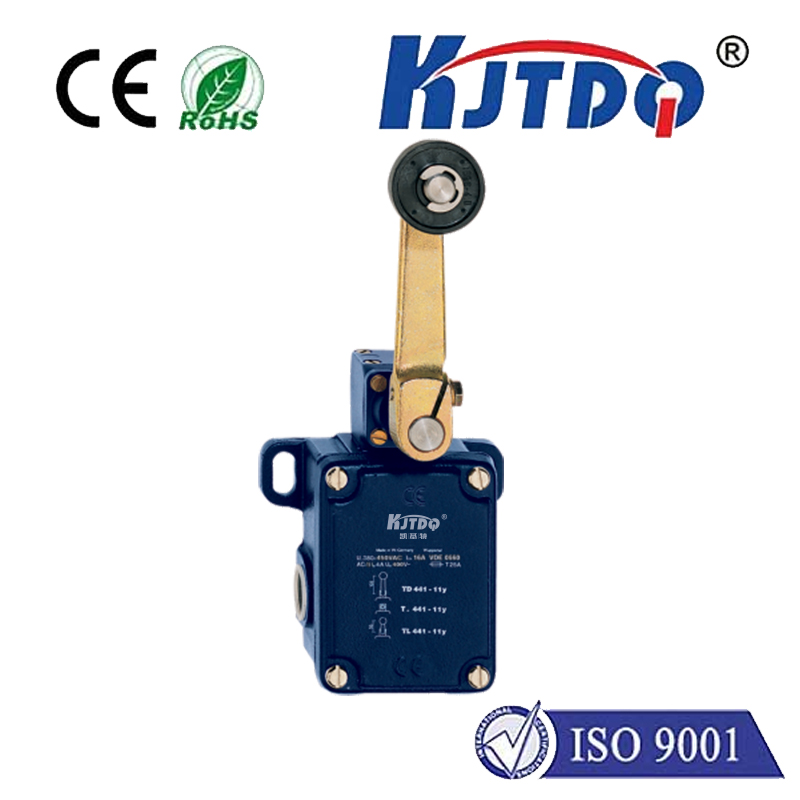

check

check

check

check
In the pulsating heart of modern industry – whether on a precision automotive assembly line, deep within a bustling food processing plant, or within the automated confines of sophisticated packaging machinery – unseen sentinels stand guard. These unsung heroes ensure flawless operation, prevent costly collisions, and safeguard valuable equipment. Among the most vital are proximity sensors, and the BES02FL emerges as a particularly compelling solution, expertly balancing robust performance with significant energy efficiency gains crucial for today’s cost-conscious and sustainability-driven operations. Choosing the right sensor isn’t just about function; it’s about maximizing uptime, minimizing waste, and ultimately boosting your bottom line.
Proximity sensors, fundamentally, detect the presence or absence of a nearby object without any physical contact. The BES02FL belongs to the inductive sensor family. This means it generates an oscillating high-frequency electromagnetic field from its sensing face. When a metallic target (like steel, aluminum, brass, etc.) enters this field, it induces eddy currents within the target. These currents absorb energy from the sensor’s oscillating field, causing its amplitude to decrease. The sensor’s sophisticated internal circuitry detects this precise change in oscillation amplitude, triggering a clean, reliable electronic output signal – switching a load ON or OFF instantaneously. This contactless, wear-free principle makes inductive sensors like the BES02FL exceptionally durable and virtually maintenance-free, a key advantage in demanding industrial settings.

So, what sets the BES02FL inductive proximity sensor apart in a crowded market? Its design philosophy centers on delivering critical industrial robustness while integrating features that drive operational and energy savings:
Where does the BES02FL proximity sensor truly shine? Its unique blend of benefits makes it indispensable across numerous sectors:
Selecting the right BES02FL variant involves considering key specifications:
| Feature | Typical BES02FL Specification | Importance |
|---|---|---|
| Sensing Range | e.g., 2mm, 5mm, 8mm | Determines the effective distance at which the sensor reliably detects targets |
| Housing Size | M8 x 1, M12 x 1 threaded barrel | Dictates physical footprint and mounting compatibility |
| Output Type | PNP NO/NC, NPN NO/NC | Must match the input requirements of the connected controller (PLC, relay) |
| Supply Voltage | Wide range (e.g., 10-30V DC) | Ensures compatibility with common industrial power supplies |
| Protection Rating | IP67 (standard) | Guarantees resistance to dust, water jets, and temporary immersion |
| Output Current | Sufficient rating (e.g., ≤200mA) | Must be capable of driving the connected load (e.g., PLC input, small relay) |
Maintaining peak BES02FL performance is refreshingly simple, thanks to its robust, contactless design: Regular visual inspections to remove heavy debris buildup, ensuring stable mounting to prevent vibration-induced misalignment, and verifying the sensing face is clean and unobstructed are generally sufficient. The absence of mechanical moving parts inherently minimizes wear and maximizes service life. Should performance issues arise, common troubleshooting involves checking power supply integrity, verifying the target is metallic and entering the effective sensing range, inspecting cable connections for damage, and confirming the load connected to the output is within specifications.
In a landscape where efficiency, reliability, and cost-effectiveness are non-negotiable, the BES02FL proximity sensor stands as a premier choice. It delivers the industrial-grade toughness needed to withstand challenging environments day in and day out, coupled with the significant energy savings modern facilities demand. Its compact form factor enables versatile installation, while its consistent, long-range inductive sensing provides the reliable feedback critical for seamless automation. For engineers and plant managers seeking to optimize machine performance, minimize energy overhead, and reduce lifecycle costs without sacrificing durability, specifying the BES02FL is a strategic investment in smarter, leaner, and more resilient industrial operations.
